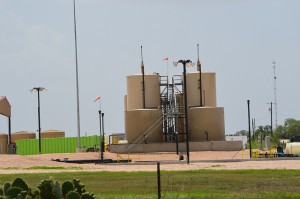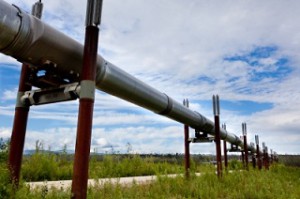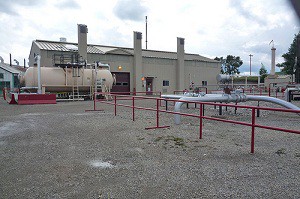4 Ways a Land Surveyor Can Help You With Pipeline Routing
 Companies working in the Eagle Ford Shale Formation face significant challenges including the need for accurate pipeline surveying and quick turnaround times for deliverables. Companies continue to invest millions of dollars into what is “quite possibly the largest single economic development in the history of the state of Texas.”
Companies working in the Eagle Ford Shale Formation face significant challenges including the need for accurate pipeline surveying and quick turnaround times for deliverables. Companies continue to invest millions of dollars into what is “quite possibly the largest single economic development in the history of the state of Texas.”
However, one of the problems that has emerged for oil and gas companies is finding the most efficient route through the increasingly congested right of ways. As more and more pipelines are developed and the amount of acceptable territory a pipeline can pass through decreases, it becomes even more challenging to find an efficient path for pipes. In order to see the largest gains possible from projects in the region, oil and gas companies need exact maps and pipeline survey information to find the most efficient routes for pipeline deployment in the Eagle Ford Shale.
The 4 Primary Ways Land Surveyors Can Help With Pipeline Routing
1. By finding the most efficient path to lay the pipeline
As the first step in pipeline routing, consider going with a professional land surveying company that uses Geographic Information Systems (GIS).
Using GIS mapping tools, field teams identify geographic issues like terrain changes, chasms and other geographic issues not readily apparent on topographical maps. They make recommendations based on environmental constraints, existing and proposed structures, and costs. Additionally, GIS can contain other existing and foreign pipelines and pipeline easements, ownership information, and well locations.
Before GIS technologies, surveyors used topographical maps to plan routes. These maps were not always correct and did not give the level of detail needed for pipeline surveying. Done properly, this critical first step eliminates false starts and reduces costs.
2. By helping to identify some of the legal challenges for a designated path
Land surveyors and right of way agents are responsible for researching ownership, surveys of record, federal and state land status, right of way documents, recorded easements and more. The oil and gas company receives all available information that may result in legal challenges for the proposed path.
The final survey report contains history survey information that includes all surveys performed on the property in question.
3. Byidentifying trouble spots that can lead to issues later
Land surveyors find hidden geographic issues not visible on topographic maps. They can identify whether or not the terrain for a projected path can physically handle the pipeline. They can also identify any potential environmental hazards that could cause trouble in the future. They make recommendations based on all data gathered and will often recommend the best route and alternate routes guided by costs and other considerations.
4. By Reducing Costs and Improving Accuracy
Professional survey companies offer feasibility studies, preliminary mapping for IFB and IFC proposal development, construction studies, BOM development and more. They provide environmental and land use impact studies, governmental analysis, engineering support, and high-definition scanning.
Experienced surveyors access land use records, collect geographic and spatial data, to prepare reports, maps, and surveys including:
- Preliminary Land and Site Surveys
- Preliminary Easement Sketches for Initial Site Planning
- Easement and Boundary Surveys
- Invitation for Bid (IFB) and Invitation for Construction (IFC) Support
- Utility Location & Crossing Surveys
- As-built documentation
Impact on Pipeline Development in the Eagle Ford Shale
Recent technological advancements such as GIS, mobile data gathering, cloud based project management, and 3D scanning allow survey companies to deliver pipeline surveys and reports at lower costs than in the past, without sacrificing accuracy and while improving turnaround times. Measurements, boundaries, layouts, sketches are much more accurate and clients make informed decisions for site selection, well locating, site layouts and pipeline deployment. This allows for better planning when building pipelines in the Eagle Ford Shale, reducing costs and speeding up development.
If you need help with pipeline routing, then get a free land surveying quote today.
Image Source : EARTHWORKS


